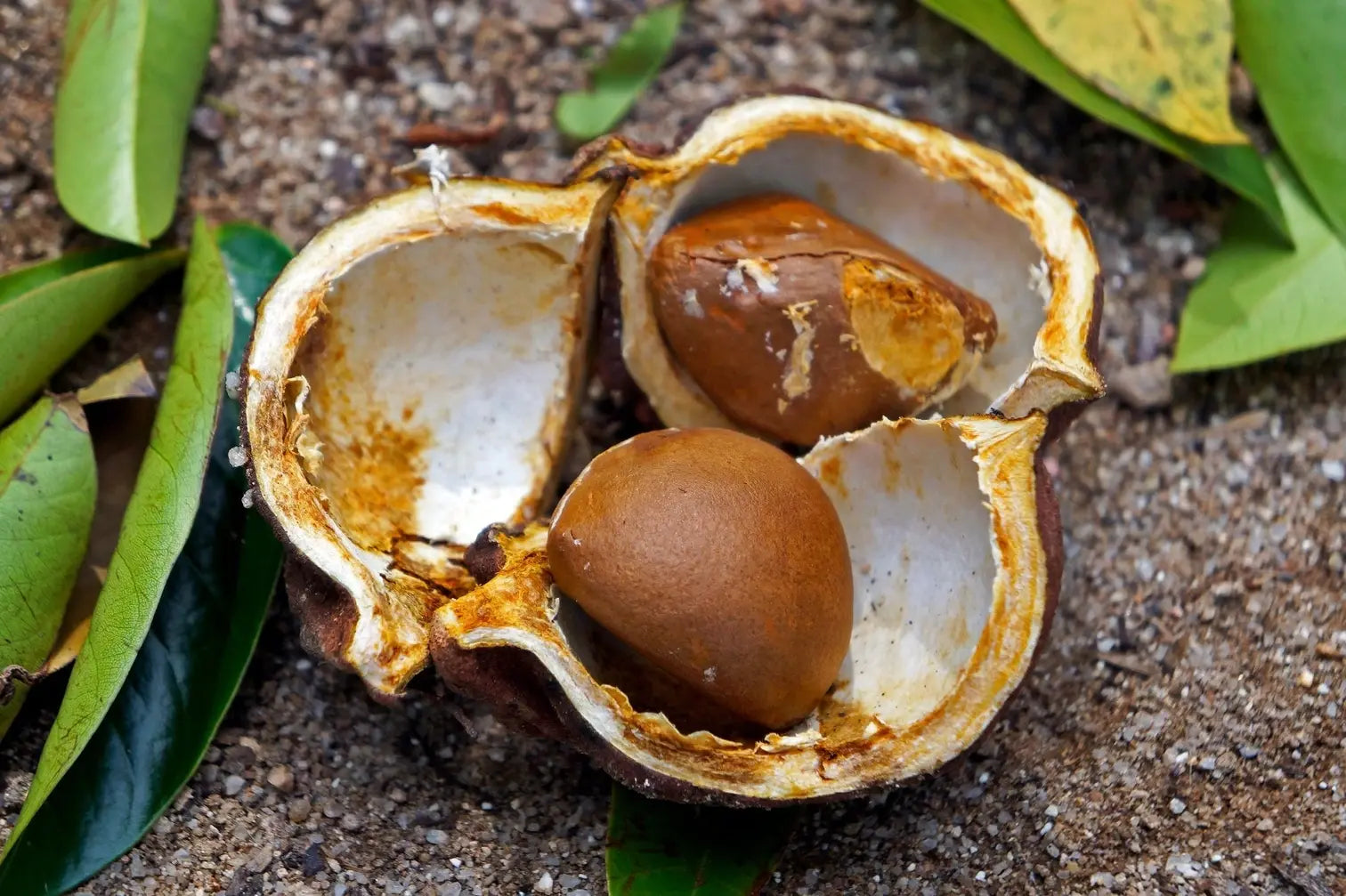02
What is andiroba oil good for?
How good is andiroba oil for your skin? Here are 8 key benefits of andiroba oil, which have been reported over centuries of use and backed by scientific studies:1. Reducing skin inflammationAndiroba oil is rich in antioxidants, which can help soothe skin inflammation and repair damaged skin. Antioxidants accelerate the process of cellular repair and, in turn, reduce inflammation [2].2. Prevention of wrinkles and fine linesThe antioxidants in andiroba oil also protect the skin from UV rays, which can help minimize sun damage. Particularly, it can reduce the oxidative stress that skin is subjected to as a result of sun damage, a leading cause of wrinkling in the skin [2].3. Skin smoothingWhile antioxidants prevent wrinkles, the smoothing out of existing fine lines and wrinkles is done by vitamin E. This is because vitamin E plays a role in the biosynthesis of collagen, elastin, and glycosaminoglycans, which are all structural components of the extracellular matrix of the skin [3].4. Wound healing and scar reductionBy promoting collagen synthesis, andiroba oil possesses particular cicatrizing properties that can ensure wounds heal properly with minimal scarring [4]. This healthy cicatrization, or scar formation, is promoted by the increased collagen synthesis from applying andiroba oil.5. Prevention of celluliteAndiroba oil is also rich in tannins, compounds that can help strengthen the walls of veins, blood vessels, and lymphatic vessels. This improves circulation to treated areas and cellulite prevention [5]. Cellulite occurs when subcutaneous layers of fat accumulate and are accompanied by water retention and the stagnation of liquids due to poor blood circulation.6. Natural Insect RepellentAndiroba oil is rich in limonoids, a compound that acts as a natural insect repellent. It is a safer alternative to DEET because it doesn’t trigger irritation. Applying the oil to exposed skin can help prevent insect bites.7. Skin HydrationThe fatty acids (linoleic acid, oleic acid, palmitic acid, and stearic acid) found in andiroba oil can replenish the beneficial oils that naturally dry up in one’s skin with age, helping to keep skin hydrated [7]. This is ideal for people eager to prevent dry flaky skin on the face.8. Pain reliefThis essential oil is also known to soothe pain, which makes andiroba oil an ideal massage oil.



